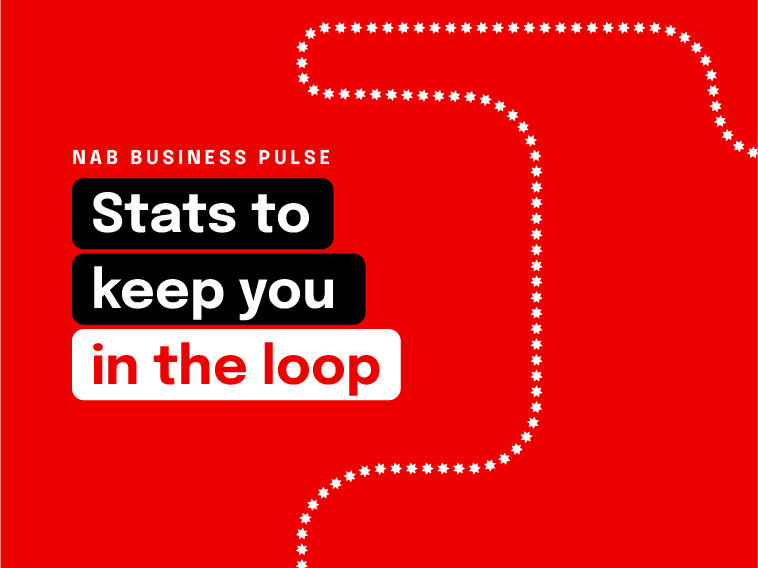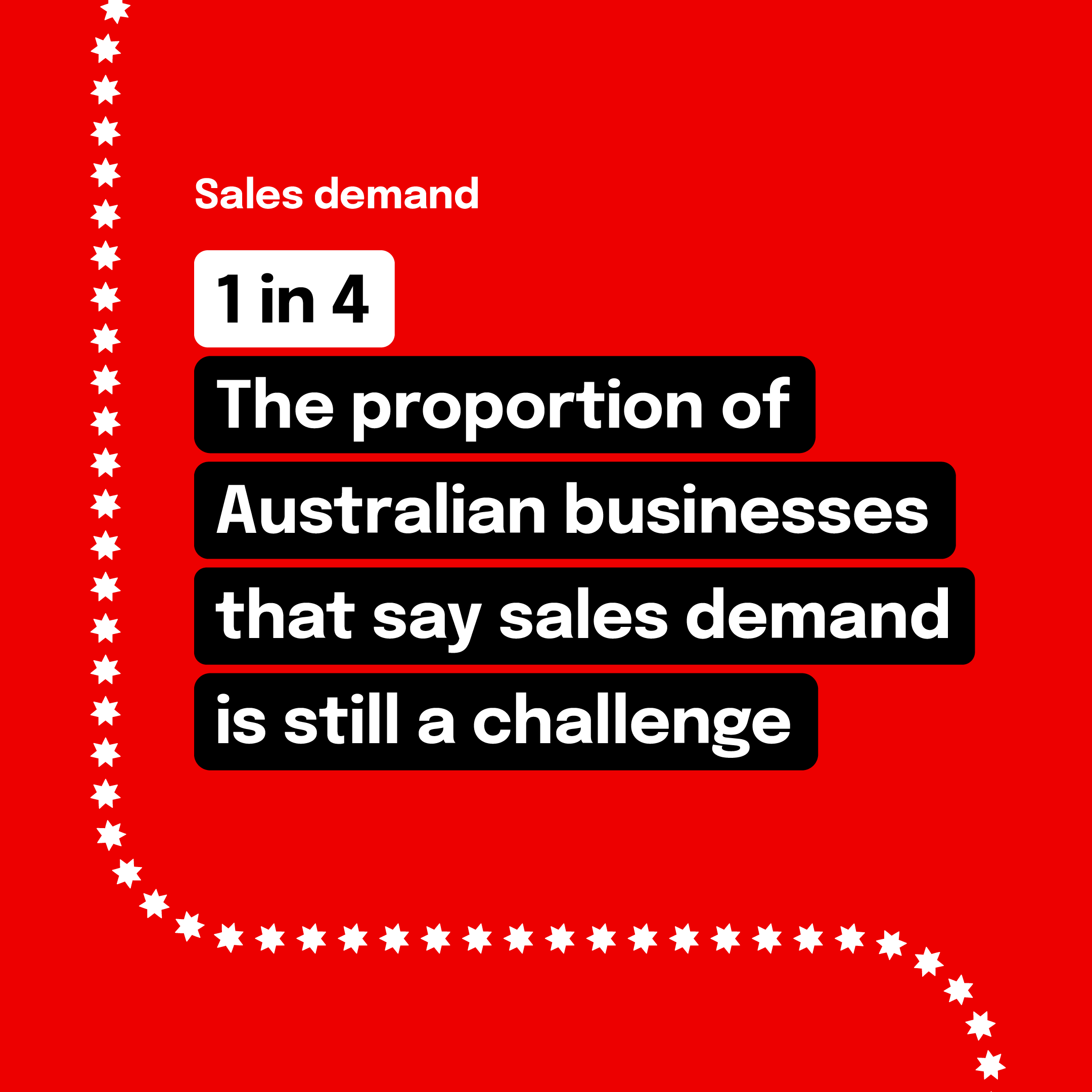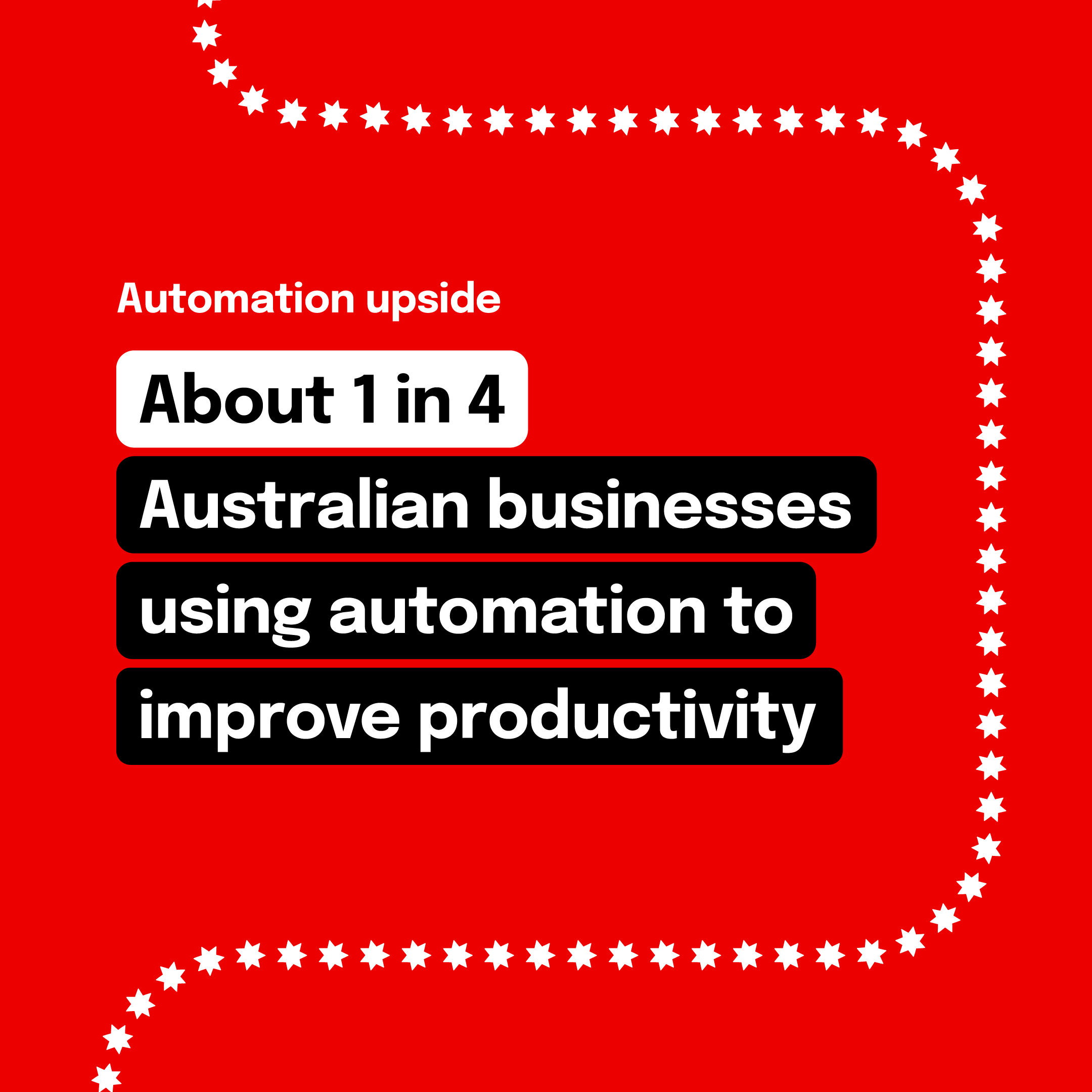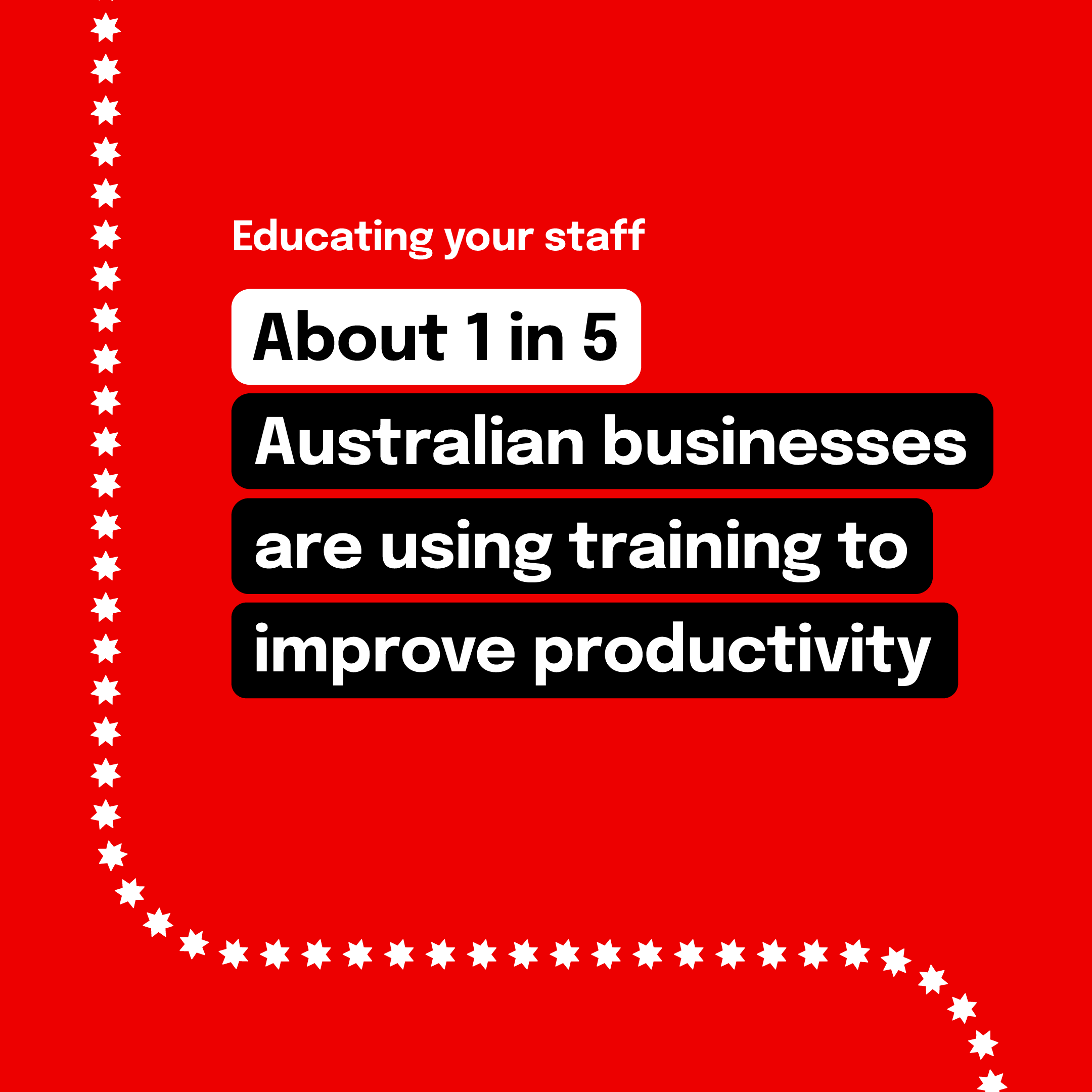On a seasonally adjusted basis, the NAB Online Retail Sales Index recorded a drop in growth in July


Insight
Discover how Australia’s small and medium businesses are doing more with less as we focus on the findings of the latest NAB SME Business Insights report.

If you’re operating or managing a business right now, you’re likely focused on getting the most out of what you have to hand – upping your productivity or output without tacking on additional expenses.
In our latest SME Business Insights report, a quarter of Australian businesses report they’ve been doing significantly more with less over the past year. How they’re going about it may differ, but more than one third say they’re managing their time more effectively, while a similar proportion are consolidating their business or simplifying their processes.
Trimming waste and inefficiencies will always benefit a business, and the new tools and techniques that Australian businesses are turning to are helping to increase productivity while also cutting costs. The fact is, businesses are gritting their teeth and getting through these more challenging times as best they can, using whatever tactics, assets and can-do attitude they have available.
It’s certainly not the easiest time to be in business, with our report showing labour availability still worrying 30 per cent of businesses. However, sales demand is easing as a concern, showing some momentum coming back into the economy (and consumers’ spending habits).
Looking ahead, businesses are likely to come into 2025 leaner, tougher and hungrier to take advantage of the new opportunities out there. Geopolitical uncertainty may continue to weigh on the economy, but we’re optimistic about improved conditions, and those businesses which are getting themselves in shape now are at some point going to reap the rewards.
| Around 1 in 4 Australian small and medium businesses are making the most of what’s available, saying that they’re optimising their existing assets and capabilities to achieve growth without new overheads or outlay. |  |
 |
A quarter of businesses say that sales demand is holding them back – still a significant proportion, but notably down from previous quarters. Labour availability remains a significant constraint too for around 30% of companies, with some industries and regions feeling the pinch more than others.
|

|
Businesses are using a variety of tactics to trim waste, improve efficiency and achieve productivity gains. Some (36%) are looking for more effective time management methods, while others (35%) are pursuing better prioritisation or consolidation of their business. A similar percentage (37%) are simplifying the way they operate and do business.
|
| Around 1 in 4 businesses (26%) are adopting automation to improve their productivity and efficiency. For businesses with the right position and conditions to invest, this could include cash- or debt-funded asset purchases, or upgrades to existing hardware or software. For others, it may involve upskilling to use low-cost or free tools to handle simple, labour-intensive tasks.
|
 |
 |
But automation can’t replace the human element in productivity. Around one fifth of Australian businesses (21%) are turning to improved training and continuous learning to augment employee engagement and capability. While training programs can be key to attracting or retaining staff, they’re also crucial to getting the most out of the talent you already have.
|
One NAB customer that has inspired me with its efforts to do more with less is accounting firm PKF.
Like many accounting firms around Australia, it’s struggled to source talent over the past few years – particularly younger accountants, who are in extremely short supply. Moreover, it’s well aware that while this labour shortage isn’t as bad as it’s been, it certainly isn’t going away anytime soon. The Australian Bureau of Statistics predicts that Australia will require 338,362 accountants by 2026 – about 10,000 extra a year.
But PKF hasn’t taken this lying down. It’s been working hard on engaging and retaining staff – not by offering ever higher salaries but by tweaking its culture.
For instance, the firm formed a volunteer group of employees – primarily aged under 30 – who want to be involved in the decision-making around what their day-to-day looks like. The group has had a say in a number of decisions to date, including the outfitting of their new office.
PKF is also working to help staff envision their career pathway, keeping in mind that today’s young accountants won’t necessarily take this for granted. To do this, it has completely overhauled its entire process – from early education for relatively junior staff all the way through to its final course that’s a path into the firm’s partnership.
Both initiatives have been a great success, without putting too much additional pressure on the firm’s bottom line. That’s a resounding win-win for PKF and its people.
© National Australia Bank Limited. ABN 12 004 044 937 AFSL and Australian Credit Licence 230686.